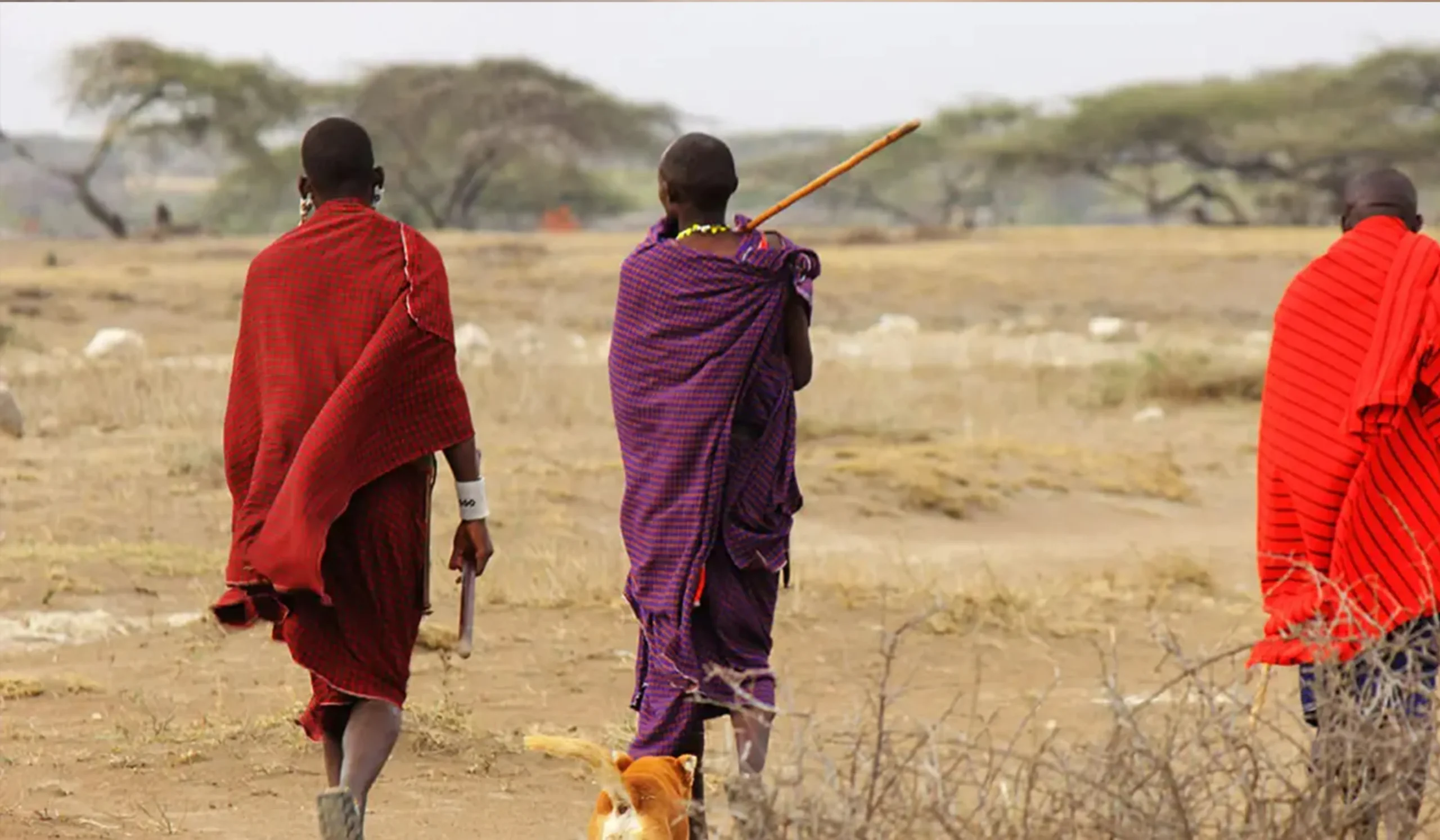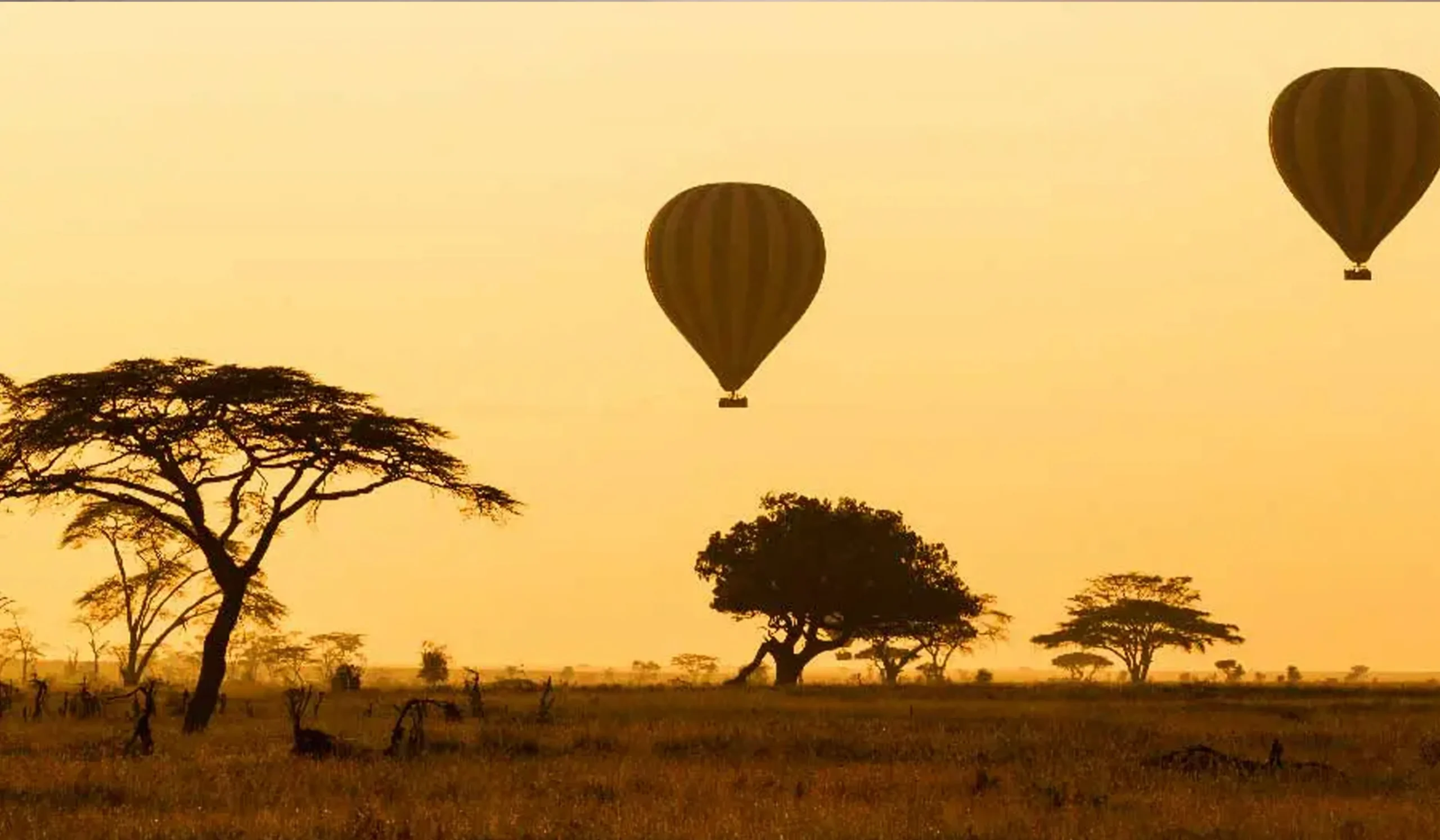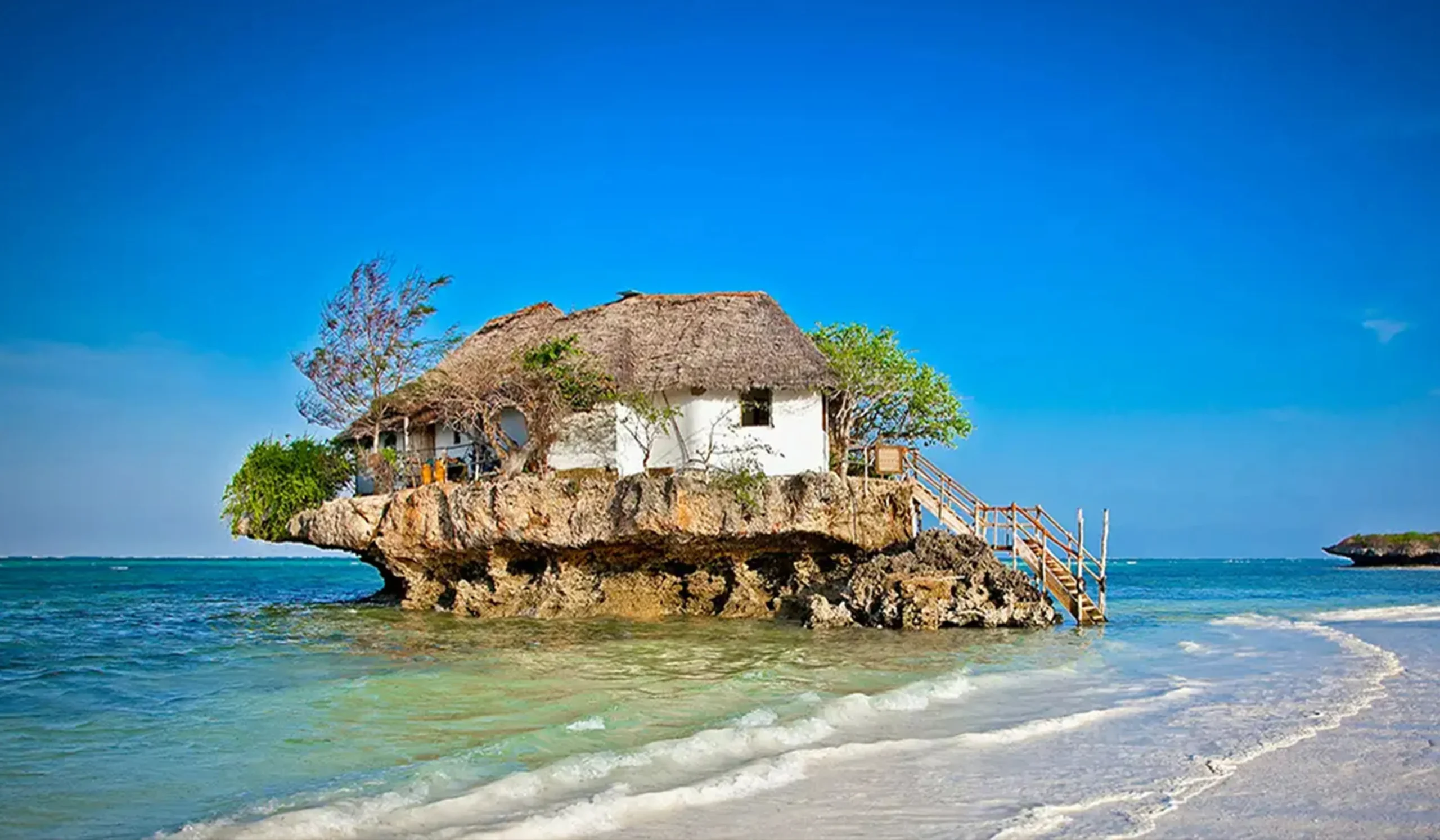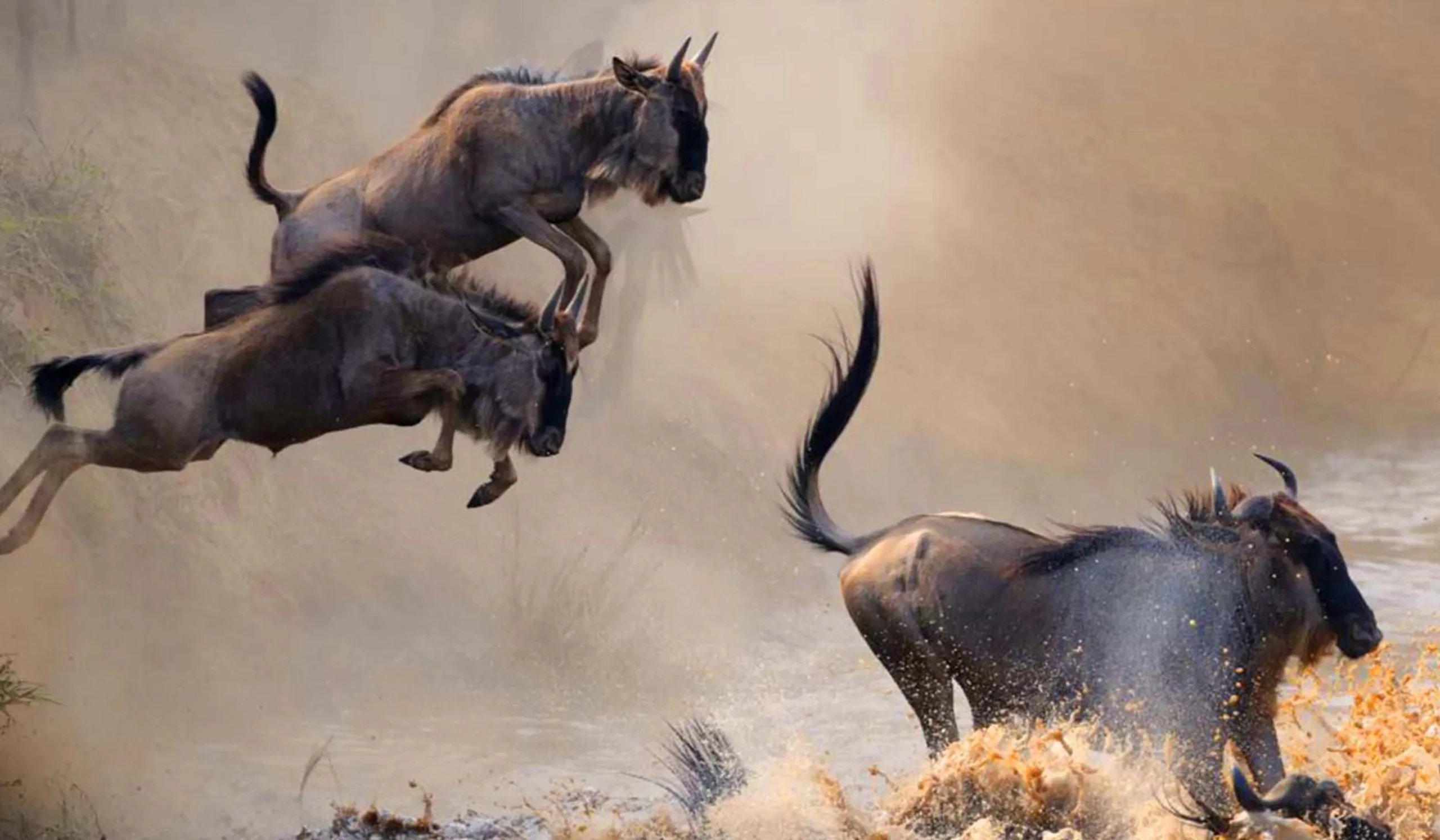Serengeti Wildebeest Migration
About The Great Wildebeest Migration
The Great Wildebeest Migration (or Serengeti Wildebeest Migration) is the movement of more than 1 million animals migrates from Serengeti National Park to Maasai Mara Game Reserve. In this natural and truly a wonder of the natural world, wildebeests are accompanied by thousands of zebras and other ungulates chasing the greener pastures.
Parks covered by Migration
Ngorongoro Conservation Area
In the early stages of Migration when the herds are in Calving, they usually cape alongside the Ndutu area which is Northern Ngorongoro but in the Southern parts of Serengeti.
Once the calving season is over and the calves have already fed on the nutrients of the Ndutu area grass, a move to Central Serengeti is imminent.
Serengeti National Park
The most part of Serengeti Wildebeest Migration is in Serengeti, both Central and North
Masai Mara Game reserve
After crossing the Mara River around August all the way to late October (sometimes the crossing goes all the way to early November) they’ll stay in Masai Mara Game reserve before coming back to Serengeti as they’re needed in South Serengeti for Calving in February.
Countries Covered By Migration
When is the best time to Visit Serengeti Wildebeest Migration?
Generally, you can see the Great migration almost the whole year. In fact, these wild animals use the circular movement is migrating around Serengeti for the full year so it will only depend on what event you’d like to experience in the migration.
December to March
After coming back from Masai Mara, it is within this period when calving starts. During these moments, wildebeests and their colleagues are found in the Southern Serengeti on the upper parts of the Ngorongoro Conservation Area, the place they consider the best for calving season.
In the Southern Serengeti, there are shorter grasses which makes it an ideal place to give birth as the openness of the plains makes it easier for the herds to see the predators.
If you are interested to see Serengeti Wildebeest Migration in Calving Season, this time could your best time to visit.
April and May
This is the period when some of the wildebeests and other migrating animals start to move from Southern Serengeti towards other parts of Serengeti.
Since Ndutu has resident cats, in the April cats viewing becomes another excellent experience in the Southern Serengeti. Along with the previous months of March and February, this zone of Serengeti National Park offers an amazing live predatory action.
From May, most of the herds will go on and continue their mission to reach North Serengeti, however, this is the best time to experience the migration at the central Serengeti.
Wildlife viewing is fantastic during these two months around the Seronera area in Central Serengeti.
June and July
As you can tell, the gestation period for the wildebeests is roughly 9 months. For them to give birth in February, this is their time for mating and you can find this happening at a very large number.
As the rainfalls start to cool, these two months are the best to experience the herds spreading across all the Central Serengeti and Serengeti Western corridor.
Cat life is also at its best here as the Seronera River usually attracts enough prey which is always a good thing to the cats.
Again, during June and July, as some of the herds tend to head to the Western Serengeti, you may be rewarded by the small crossings of the Grumeti River as the herds leave the park to enter the Singita Game reserve.
In July, there is no better place to be than the Kogatende area. While it’s fair to say that during this period herds can be seen anywhere around Central, West, and Eastern Serengeti.
August, September to October
With fewer rains, these months are when the herds cross the Mara River almost daily and in a very huge spectacular group.
Kogatende area is again the best place to be during these months as it gives you the best opportunity to see the herds crossing in crocodiles infested Mara River while the big cats monitoring the situation closely in sidelines, waiting for a proper prey.
While there have been a lot of theories about the river crossings, but the truth is this is not something that can be explained logically. Wildebeests and other migrating animals know naturally what to do and at what time.
If they sense that the rainfall is about to start on the next side of the river, they are likely to cross. A few days later or even just a matter of hours after crossing the river, these herds may decide to cross back depending on how they read the weather.
November
This is the time when the herds start to herd south as they are needed to be at the right place for the calving, come early February.
During November, you may still be lucky to see some crossings, depending on the year.
In 2019 for example, the magnificent crossings were somehow experienced all the way up until the mid of November.
Note:
There is no rule of thumb for the wildebeest’s migration, what we know at the moment is that the rains are the main determinant. There might be the other reasons that the wildebeests know themselves but really, this natural event is worth tracking and I would advise if you need to explore it at its fullness, find a way to visit when you have a no a very pressing timetable.






